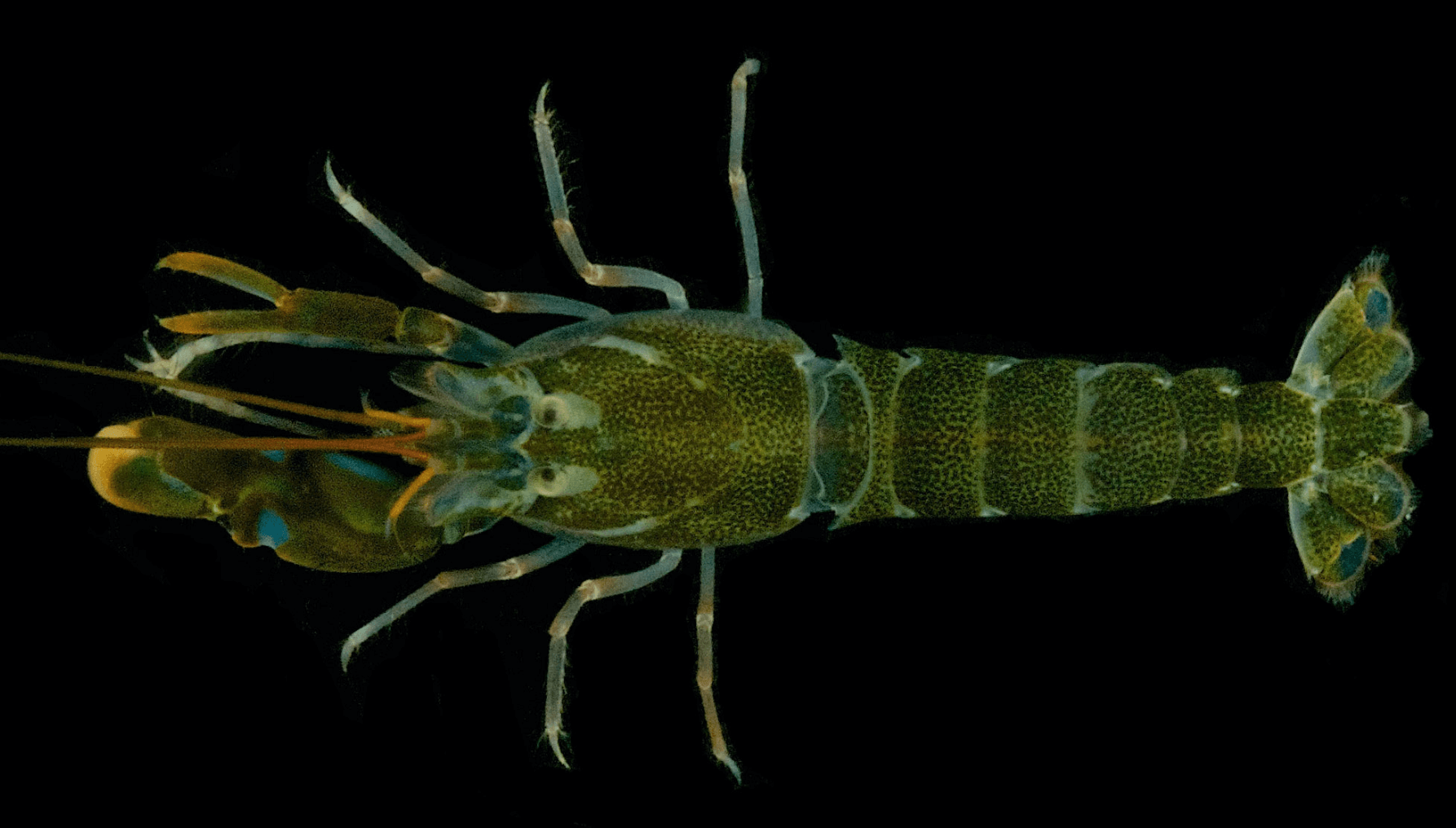Its sonic boom can break an aquarium, but it’s only about 3 inches long. Armed with a claw that often runs nearly the length of its body, the pistol, or snapping, shrimp produces a tremendous shock wave and flash of light upon the rapid-fire closure of its claw. The claw’s popping of a bubble with massive amounts of pressure — also called cavitation — produces a noise of over 200 decibels, louder than a gunshot. In fact, during World War II, the U.S. Navy used the pistol shrimp as an “acoustic screen” to hide their submarines from the underwater hydrophones in Japan’s harbors.
Today, the undergraduates in Associate Professor Veronica Eliasson’s Shock Wave Lab, housed in USC Viterbi’s Department of Aerospace and Mechanical Engineering, are working on perfecting a mechanical replica of the claw with the goal of using it to purify unsanitary water.
“As boat propellers spin, they generate cavitation bubbles which are collapsing, shocking up against and sometimes destroying the propellers,” said Austin Simons, a project researcher and recent aerospace engineering graduate. “If we can harness that destructive power of the snapping shrimp into something good, imagine what we could do.”
Indeed, the team is imagining the capacity for low-cost, uncomplicated water filtration. The power of the collapse, which the shrimp uses to kill its prey, can generate heat intense enough to purify water. The need is huge: According to UNICEF, 663 million people worldwide lack access to clean water.
Before they could even start the project, though, they needed to fund it. They raised nearly $5,000 on the crowdfunding website Experiment.com. That was better than 19 other competing university teams.
The fact that this was USC’s first time doing this and we won thanks to the Trojan family support, I think that speaks volumes for what we as a community stand for.
The pistol shrimp’s speed is a vital factor — the whole process, from the snapping of the claw to the popping of the bubble, occurs within 15 microseconds. That’s 15 millionths of a second. Broken down frame by frame, the snapping and cavitation process of the snapping shrimp resembles the firing of a gun, hence the shrimp’s other name, the pistol shrimp.
“The temperatures get to that of the sun,” said Alexander Ramirez, a biomedical engineering major with an emphasis in mechanical engineering. “Imagine what can happen if we gain the ability to harness that power given off by tons of energy in just microseconds.”
The power of shock waves has already been manipulated for extremely high-tech purposes, including “to break up kidney stones, promote revascularization, and study damage on boat and airplane propellers,” said Neta Glaser, a biomedical engineering major with an emphasis in mechanical engineering.
While the application of the snapping shrimp project may ultimately result in a low-tech filtration solution, the effects could be lifesaving.
“It’s such a simple mechanism,” Simons said. “If we can get this into a small, handheld device, this could be distributed to developing nations and people could manually filter water through cavitation after cavitation after cavitation.”
Editor’s Note: As of June 30, Eliasson is now a research professor of aerospace and mechanical engineering at USC.





